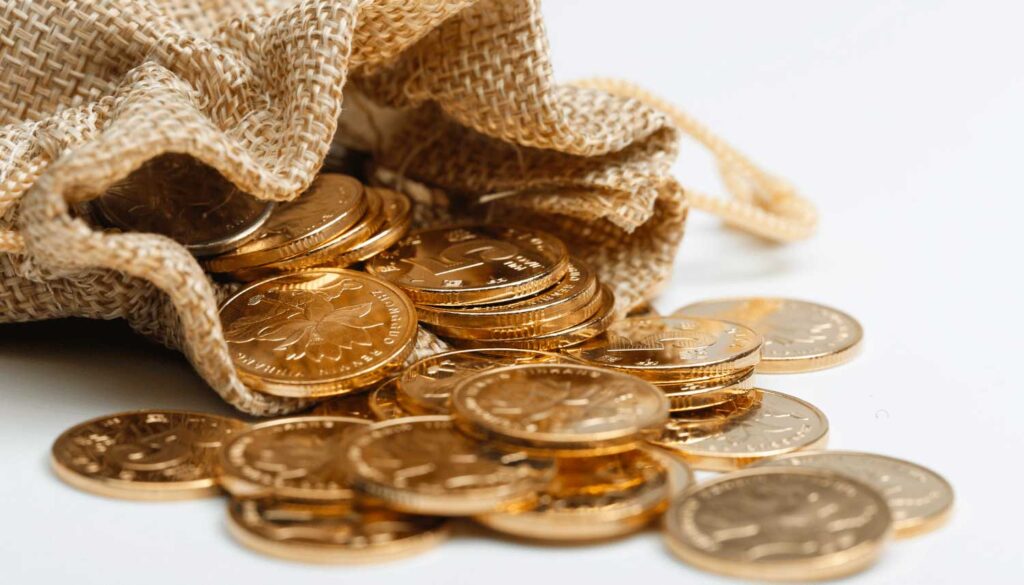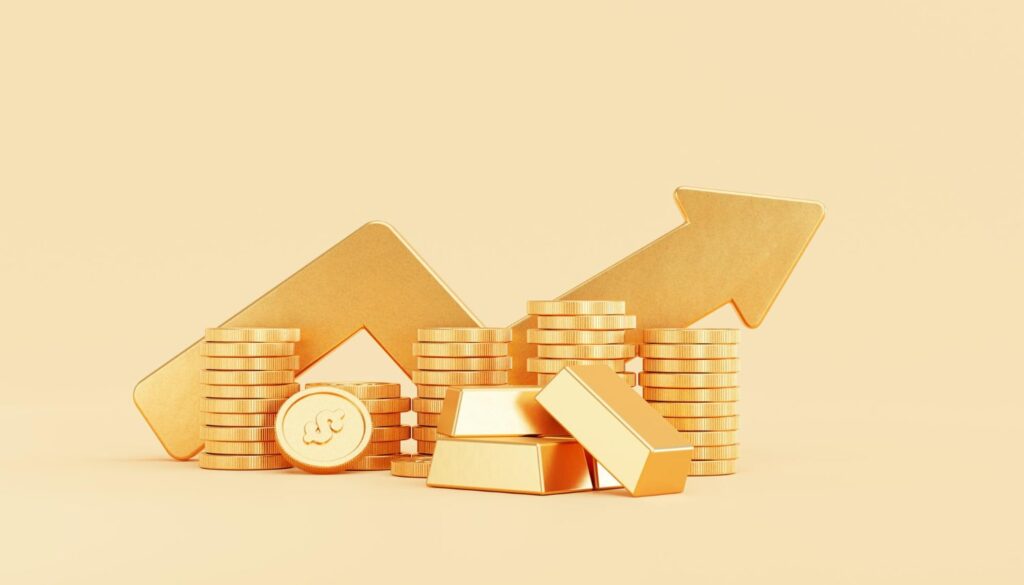According to the World Gold Council, Russia has more than doubled its gold reserves in the past five years. Putin has taken advantage of the financial crisis to build the world’s fifth-biggest gold pile in a handful of years, and is buying about half a billion dollars’ worth every month.
We will soon be the first people in two hundred years to live in a world not dominated by either Pax Americana or Pax Britannica. This sort of changing of the guard has never been peaceful. The declines of the Spanish, French and British empires were all accompanied by conflict. The decline of British hegemony was a leading cause of the First and Second World Wars.
What will happen as the U.S. loses its pre-eminence?
Maybe this will turn out better than similar episodes in the past. Maybe the Chinese will embrace an open society and the rule of law. If you believe that, there is probably no reason to hold any gold.
On the other hand, we may be about to enter a much more turbulent and dangerous era of power politics and international competition.
Not long ago, world gold reserves were mainly in the hands of the U.S. and the Europeans, which accumulated their holdings during their centuries at the top. The U.S. has 75% of its currency reserves in gold. Many other first world powers have comparable proportions.
But that’s beginning to change. According to the World Gold Council, China, Saudi Arabia and Russia are now in the top five. Western European countries have been selling gold. If the current financial crisis gets any worse, they may yet sell more.
Emerging markets have been buying. In most cases, gold remains a very small percentage of their total reserves. China, despite its recent buying, holds less than 2% of its currency reserves in gold.
But you have to wonder how long emerging countries will want to hold their reserves in any currency that is controlled by someone else. Vladimir Putin clearly doesn’t want to. Gold now accounts for 9% of Russia’s reserves, and that figure is rising.
The gold price has had a shakeout since peaking at around $1,900 an ounce a year ago. It fell as low as $1,566 in June. Since then, it has risen to $1,688.
But that shakeout has been exaggerated by the rally in the U.S. dollar over most of the past year. Put another way: Priced in euros, gold is nearly back to its old high. It’s 1,343 euros per ounce, just shy of the 1,356 euro record set a year ago.
The most common means of buying gold is either in bullion or through an exchange-traded bullion fund such as the SPDR Gold Shares. And maybe that’s sensible.
But you might also take a look at shares in gold-mining companies. They are at, or near, historic lows when compared with the gold price. Contrarians may take that as a buying signal.
The Philadelphia Gold & Silver Index, which tracks the stocks of precious-metal mining companies, stood at 170 on Tuesday—a level first seen five years ago, in September 2007, when gold itself was just $730 an ounce. Relative to gold itself, the Philly index is about 60% below the average levels seen since 1985.
Die-hard gold fans will tell you that the mining stocks involve all sorts of extra risks that you don’t get with the metal. Companies can be mismanaged. Mining costs go up. Countries can wallop miners with windfall taxes.
They’re right on all of the above. On the other hand, the equities are cheap and they do generate cash flow. Barrick Gold ABX +3.28% , the world’s biggest, trades at eight times forecast earnings, with a dividend yield of nearly 2%. Newmont NEM + 1.95% is trading at 10 times forecast earnings, yielding 2.8%.
As ever, you pays your money and you takes your choice.
Brett Arends – Marketwatch – September 5, 2012






